
All categories
Featured selections
Trade Assurance
Buyer Central
Help Center
Get the app
Become a supplier

(119760 products available)











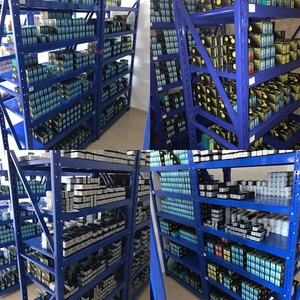



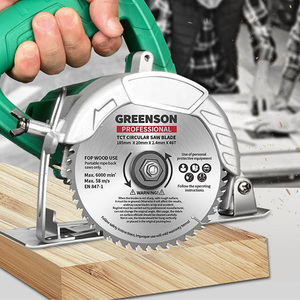
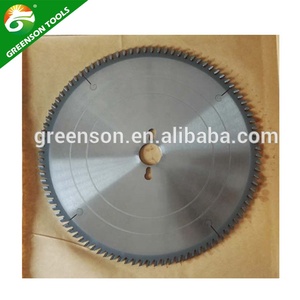



















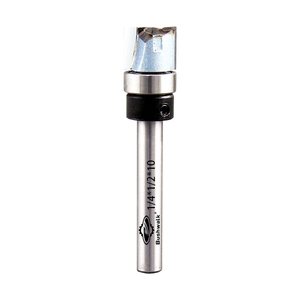






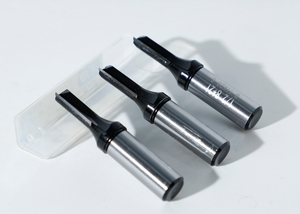
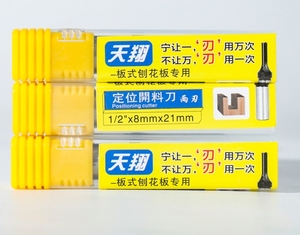

Carbide cutting tools are vital to the metalworking business. Made from carbide, a tough material made of tungsten and carbon, they last long and withstand industrial temperatures. In addition, they ensure accuracy in carving up many materials. Carbide cutting tools are widely used since they maintain their sharpness longer than normal cutting tool steel. Below are the common types demanded in the market.
Cemented carbide tools, often called WC-Co tools, use tungsten carbide grains bound by cobalt. WC-Co tools machine tough alloys and steel, and the added cobalt enhances ductility. It also boosts toughness without losing hardness. Agriculture and aerospace businesses need these tools because they withstand cutting stresses. Manufacturers favor them due to their durability, lowering the need for replacements in heavy machining.
Carbide-tipped cutting tools have carbide forged tips fixed to steel bases by welding or casting. The tools blend steel flexibility with carbide hardness. So they are suitable for tough jobs that stress tips. Users in construction and shipbuilding favor them for machining hardened steel and iron. In mass production, the devices lower expenses since they require infrequent tip swaps. Workshops using these tools multiply their machining efficacy.
Solid carbide end mills and cutters are fully made from carbide. No other material is used for the tools. Compared to tipped ones, these tools give better accuracy. They are used in CNC machines for 3D carving in aerospace and automotive sectors. These industries need lightweight materials like aluminum and titanium. Solid carbide's low thermal expansion in extreme heat further secures precision. Production plants choose these tools for elaborate designs.
Carbide cutting tools are built to handle the rigors of industrial machining. Their high durability is one key reason they are employed in numerous industries. For example, they stay razor sharp even when cutting tough metals like hardened steel. Thus, they cut with less power needed. Carbide tools also endure wear longer than regular counterparts. This makes them ideal for jobs requiring extended use. Moreover, they resist heat and pressures generating during rapid machining. Thus, they will not break or lose form as quickly. Also, they withstand the severe environments of outdoor tasks.
Tooling manufacturers favor them since they ensure longer runs and less downtime. Additionally, the tools resist corrosion, which enables them to operate well in wet or chemically abrasive conditions. They are versatile and work in different environments, from dry cutting to underwater operations. Therefore, carbide cutting tools provide exceptional durability for heavy-duty and delicate machining tasks.
Carbide tools are mostly manufactured from cemented carbide, composed of tungsten carbide grains within a cobalt matrix. Tungsten carbide provides superior hardness and wear resistance. It makes the tools ideal for cutting jobs under heavy industrial use. Cobalt, on the other hand, acts as a binder. It enhances toughness to give the tools flexibility without breaking. Some tools are also coated to improve their properties further. Coating materials such as titanium nitride increase cutting tool longevity. The coats reduce friction, improve thermal resistance, and add to the tool's overall hardness.
Carbide cutting tools possess considerable commercial value, primarily for their durability and precision in industrial applications. Compared to conventional steel tools, they wear slower, thus reducing replacement frequency and creating less waste. This longevity translates into cost savings for both consumers and production-line businesses alike. With diamond cutting tools, carbide tools have diverse application capabilities since they cut soft and hard materials. This adaptability reduces the need to stock various tools, simplifying operations. Multi-tasking reduces space and costs for enterprises.
Also, carbide tools are in great demand in developing countries due to the thriving manufacturing sector. The tools are mass-produced due to automated making, keeping affordable. International transfer tariffs like tariffs and duties have low impact because the tools are regularly sourced. Nevertheless, carbide tools' growing eco-friendly designs further boost their market appeal.
The uses of carbide cutting tools are plentiful across many industries. The tools carve metals in mechanical engineering, aviation, and automotive industries. They mill aluminum, titanium, and hardened steel with accuracy. Plus, they are used for creating parts, trims, and small details. In woodworking, the tools produce finer cuts and longer blade life. This also applies to sign making, furniture building, and cabinetry. Carbide burrs shape or trim materials in the stone and concrete industries.
In fact, they work extremely buffered, without abrasion, on concrete masonry bits. The tools also handle materials in jewel crafting, such as gold, silver, and copper. They create intricate designs while maintaining a sharp edge. In the metal recycling business, cutting tools shred metal wastes into recyclable sizes. Custom tool manufacturers also quickly prototype tools using carbide for high durability. The tools' unmatched versatility and precision make them essential in manufacturing cutting solutions.
Choosing the right carbide cutting tools demands careful assessment. The first factor to consider is the material type. Go for tools that will match the client's preferred machining material. Then choose solid carbide end mills for harder jobs. Carbide-tipped tools work well in softer materials. Tool coatings also improve cutting jobs. For example, titanium nitride-coated tools resist wear longer. For jobs generating much heat, go for cobalt-added carbide tools.
The tool geometry impacts tool performance for machining tasks. Select end mills with spiral flutes for chip removal. Straight flutes work well for simple machining tasks. Thus, flank angles aid finish and strength. Seek manufacturers with large angle values for finer finishes. Also, consult end users about ideal cutting tool diameter and length. Consider tool rigidity too for rate of travel. Longer, thinner tools flex in deep cuts. Therefore, short, thick tools maintain more rigidity in quick jobs.
Assess the manufacture's capability of producing customized tools. This is very important for unique tasks. Inquire about minimum-based requirements to gauge setup costs. Validate suppliers' industry certifications for tool quality. Then confirm the availability of service and support. This is essential to quickly resolve issues. Lastly, compare tool costs across several suppliers. However, do not compromise on quality. Choose manufacturers with a record of consistent high-quality manufactures.
A1: Tool coating considerably improves cutting tool longevity. Lubricous cuts chip removal easily with less force. Coatings like titanium nitride reduce wear. Thus, tools last longer. So does less heat. Tool geometry impacts tool performance for machining tasks. Select end mills with spiral flutes for chip removal. Straight flutes work well for simple machining. Flank angles aid finishes and strength. Therefore, seek manufacturers with large angle values for finer finishes. Tool rigidity also impacts the rate of travel. Longer, thinner tools flex deeper cuts. Short, thick tools maintain more rigidity in quick jobs.
A2: Carbide cutting tools are superior. They are tougher and handle abrasion for a longer period than High-Speed Steel (HSS) tools. Carbide tools machine hard metals like titanium. They are also heat-resistant. They withstand over 800°C without losing sharpness. HSS tools cannot survive that much heat. Carbide tools are also costlier but worth it. Less frequent exchange means decreased operational costs. However, broken HSS tools need frequent replacement. Although HSS tools are affordable, they wear quickly. They also must be replaced or reground often. In short, carbide cutting tools are durable and economical for industrial use.
A3: Not analyzing the tool material is the first mistake buyers make. Solid carbide tools work for precise machining. But carbide-tipped tools handle jobs needing flexibility. Not considering tool geometry is another blunder buyers make. Flute design and length impact chip removal and cut efficiency. Buyers fail to compare costs and end up spending much on expensive tools. But simple tools work better for their tasks. Ignoring tool maintenance requirements is also a mistake. Some tools need special care for longevity. Lastly, buyers skip consulting experts and choosing customized tools for unique tasks.
A4: Yes, carbide cutting tools can be reused. In fact, they are known for their exceptional durability and long lifespan. Thus, reducing the frequency of tool replacement. In high-precision industries, cutting tools are reused after sharpening. The edge is reground to restore its original shape. These tools are then resharpened by grinding a new cutting edge, and honing it smooth again. Therefore, the tools can be reused multiple times. However, each reuses gradually wears down the tool. Consistent maintenance and proper care extend the tools' effectiveness and lifespan.